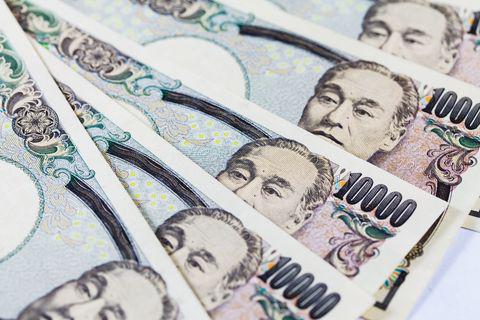
On Thursday, the 2nd of February, the Bank of England will publish its report concerning interest rates and inflation data for the Eurozone. Professionals and investors anticipate that Andrew Bailey’s lead team of policy makers will likely raise interest rates to 4%; the highest in over a decade, for the tenth time in a row.















